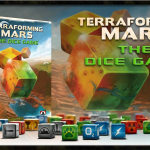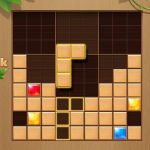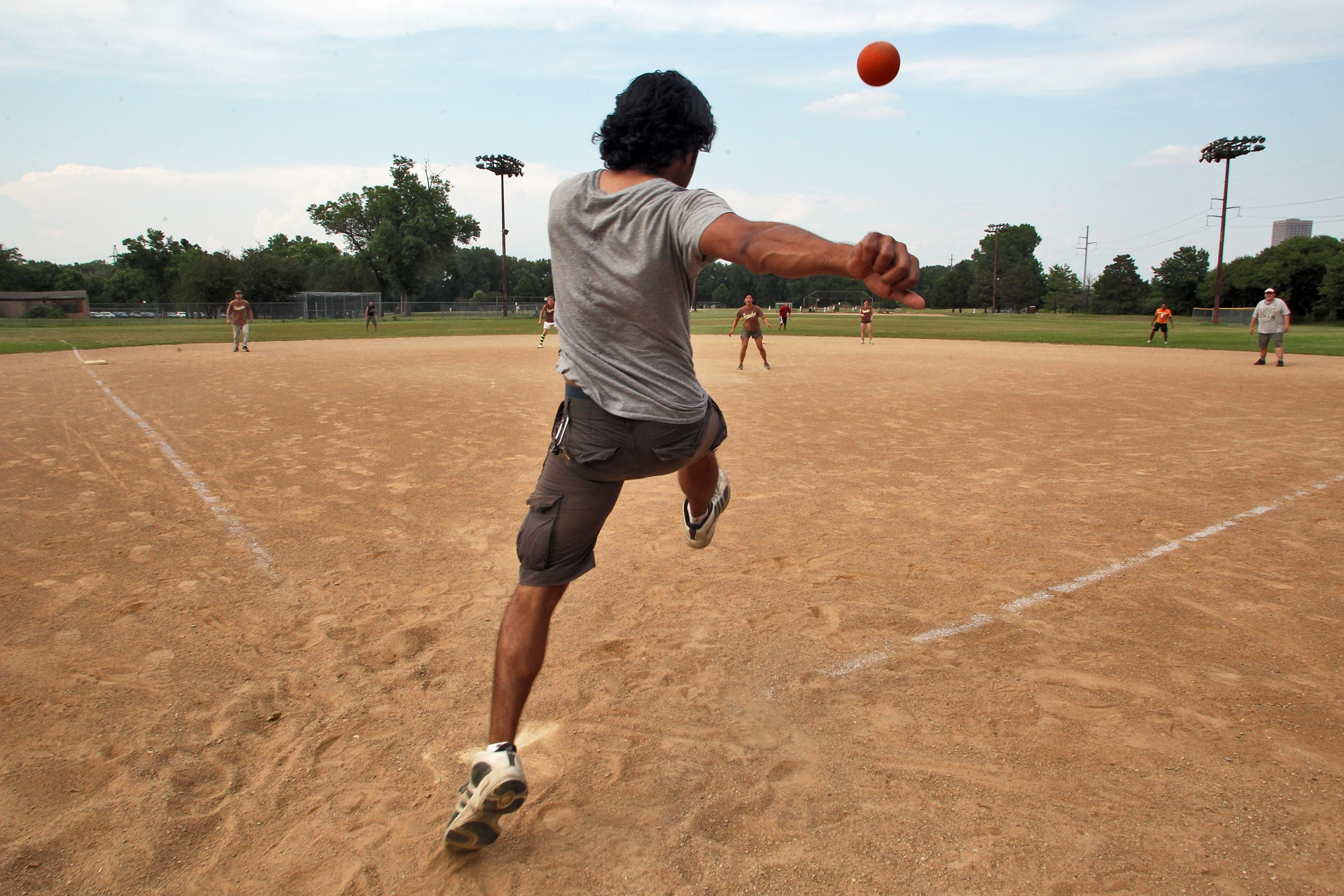Introduction
The Rugby World Cup, a pinnacle event in the world of rugby, captures the attention of millions of fans worldwide every four years. Lasting for several weeks, it’s a thrilling showcase of skill, strength, and strategy. Spanning over a month, the Rugby World Cup brings together the finest teams from across the globe to compete for the prestigious Webb Ellis Cup. From the electrifying opening ceremonies to the nail-biting final match, every moment is filled with anticipation and excitement.
The duration of the Rugby World Cup is a topic of interest for enthusiasts and newcomers alike. Lasting typically between five to seven weeks, the tournament is an extensive journey marked by intense competition and unforgettable moments. As teams battle it out on the field, spectators are treated to a spectacle of athleticism and teamwork. The length of the Rugby World Cup allows for a comprehensive display of the sport’s diversity, with matches held in various cities, each adding its own flavor to the tournament.
History and Significance of the Rugby World Cup
To comprehend the duration of the Rugby World Cup, it’s essential to grasp its historical context and significance. The tournament, first held in 1987, emerged as a culmination of rugby’s rich heritage and global appeal. Since then, it has evolved into a quadrennial spectacle, showcasing the best talents from rugby-playing nations across the world. The tournament’s significance extends beyond mere competition; it serves as a platform for cultural exchange, camaraderie, and the celebration of the sport’s values.
The Format of the Rugby World Cup
Central to understanding the duration of the Rugby World Cup is its format, which has undergone several refinements over the years. The tournament typically follows a structured format comprising group stages, knockout rounds, and the final. In the group stages, participating teams are divided into pools, where they compete in a round-robin format. The top teams from each pool advance to the knockout stages, which include quarter-finals, semi-finals, and ultimately, the final match.
Duration of the Rugby World Cup: Timeline and Schedule
The Rugby World Cup’s duration spans several weeks, encompassing various stages of competition. The timeline typically begins with the opening ceremony, marking the commencement of the tournament. Following this, teams engage in the group stage matches, where they battle for supremacy within their respective pools. The duration of the group stage depends on the number of participating teams and the scheduling of matches.
Once the group stage concludes, the tournament enters the knockout phase, characterized by intense and high-stakes matches. The quarter-finals narrow down the field, leading to the semi-finals, where the remaining teams vie for a spot in the ultimate showdown—the final. The duration of the knockout stage is relatively shorter but equally captivating, as teams vie for glory on the grandest stage of all.

Factors Influencing the Duration
Several factors influence the duration of the Rugby World Cup, shaping its timeline and schedule. One crucial factor is the number of participating teams, which has varied over the years. A higher number of teams necessitates a longer duration to accommodate the additional matches. Additionally, logistical considerations such as venue availability, travel arrangements, and rest periods for players contribute to the tournament’s duration.
Another factor impacting the duration is the scheduling of matches and rest days. Organizers strive to balance the need for competitive fairness with logistical constraints, ensuring that teams have adequate time to recover between matches. Moreover, unforeseen circumstances such as adverse weather conditions or logistical disruptions can potentially extend the tournament’s duration, requiring flexibility and contingency planning from organizers.
Evolution of the Rugby World Cup: From Humble Beginnings to Global Spectacle
To grasp the duration of the Rugby World Cup, it’s imperative to trace its evolution from its inception to the present day. Born in 1987, the tournament emerged as a watershed moment for rugby, providing a platform for nations to showcase their talent and compete on the world stage. Over the years, the Rugby World Cup has evolved in scale and scope, reflecting the sport’s growing popularity and global reach. Understanding this evolution provides valuable insights into the tournament’s duration and the factors driving its growth.
Unraveling the Format: A Symphony of Group Stages and Knockout Rounds
At the heart of the Rugby World Cup lies its meticulously crafted format, designed to deliver thrilling encounters while ensuring fairness and competitiveness. The tournament kicks off with the group stages, where teams are divided into pools and engage in round-robin fixtures. This stage not only sets the tone for the tournament but also determines which teams advance to the knockout rounds. The knockout stage, comprising quarter-finals, semi-finals, and the final, is a crucible of pressure and intensity, culminating in the crowning of the world champion.
Mapping the Timeline: From Kickoff to Glory
The duration of the Rugby World Cup unfolds over a carefully orchestrated timeline, meticulously planned to maximize excitement and engagement. The journey begins with the opening ceremony, a spectacle that sets the stage for the drama and spectacle to come. From there, teams embark on a grueling odyssey through the group stages, navigating a series of high-stakes encounters in pursuit of glory. As the tournament progresses, the intensity heightens, reaching its zenith in the knockout rounds, where every pass, tackle, and try carries the weight of history.
Factors Shaping the Duration: Balancing Act of Logistics and Competition
Behind the scenes, a myriad of factors influence the duration of the Rugby World Cup, shaping its schedule and structure. Chief among these is the number of participating teams, which has fluctuated over the years in response to changing dynamics within the sport. A larger field necessitates a longer duration to accommodate the increased number of matches and logistical considerations. Moreover, considerations such as venue availability, travel logistics, and player welfare play a crucial role in determining the tournament’s duration, requiring careful planning and coordination from organizers.
Evolutionary Trajectory: Tracing the Historical Roots
Understanding the duration of the Rugby World Cup necessitates a journey through its evolutionary trajectory. From its inaugural edition in 1987 to the present day, the tournament has traversed a path of transformation, witnessing changes in format, participation, and global impact. By delving into its historical roots, we gain insights into how the duration has evolved alongside the sport’s burgeoning popularity and organizational dynamics.
Structural Framework: Deconstructing the Format
At the heart of the Rugby World Cup’s duration lies its structural framework, meticulously designed to accommodate the rigors of competition while maximizing spectator engagement. Breaking down the format unveils a multi-tiered hierarchy comprising group stages, knockout rounds, and the grand finale. Each stage contributes to the overarching narrative, weaving together a tapestry of triumphs, upsets, and moments of sporting brilliance.
Temporal Symphony: Harmonizing the Timeline
The Rugby World Cup’s timeline orchestrates a symphony of sporting drama, spanning weeks of exhilarating action and suspense. Commencing with the opening ceremony, the tournament unfolds in rhythmic cadence, punctuated by the crescendo of pivotal matches and the jubilant denouement of the final showdown. Unraveling the intricacies of this temporal symphony unveils the meticulous planning and logistical choreography underpinning its duration.
Dynamic Forces: Unraveling Factors Influencing Duration
Behind the curtain of the Rugby World Cup’s duration lie dynamic forces shaping its temporal landscape. The interplay of factors such as the number of participating teams, venue logistics, and broadcast considerations exerts a profound influence on the tournament’s temporal canvas. By dissecting these forces, we illuminate the intricate dance between competitive integrity, logistical pragmatism, and the imperative to deliver a compelling spectacle to global audiences.
Global Implications: Contextualizing Duration on the World Stage
Beyond the confines of the rugby pitch, the duration of the Rugby World Cup reverberates on the global stage, embodying broader themes of unity, diversity, and sporting diplomacy. As nations converge to compete for rugby supremacy, the tournament transcends mere athletic prowess, fostering cultural exchange, diplomatic ties, and a shared celebration of human endeavor. Contextualizing the duration within this global panorama enriches our understanding of its significance beyond the realm of sport.
Chronological Evolution: Tracing the Timeline Through History
The duration of the Rugby World Cup is not merely a product of the present but a continuum of historical evolution. Tracing its timeline back to the inaugural tournament in 1987 unveils a journey marked by innovation, adaptation, and expansion. From modest beginnings to its current global stature, each edition leaves an indelible mark on the tournament’s temporal tapestry, reflecting the evolving landscape of rugby on the world stage.

Calendar Coordination: Balancing Tradition and Modernity
Behind the scenes of the Rugby World Cup’s duration lies a delicate balancing act between tradition and modernity. The tournament’s timeline must harmonize with global sporting calendars, ensuring optimal participation, viewer engagement, and commercial viability. Coordinating with international rugby federations, broadcast partners, and host nations, organizers navigate a complex temporal landscape to carve out a window of opportunity that maximizes the tournament’s impact and reach.
Match Scheduling: The Rhythm of Competition
At the heart of the Rugby World Cup’s duration is the rhythmic cadence of match scheduling, orchestrating a symphony of sporting drama across the tournament’s stages. From the frenetic pace of the group stage to the crescendo of knockout clashes, each match is a temporal milestone, shaping the narrative arc of triumphs, setbacks, and memorable moments. Balancing competitive integrity with logistical constraints, organizers meticulously craft a schedule that ensures fairness, excitement, and optimal player performance.
Conclusion
The duration of the Rugby World Cup encompasses a captivating journey filled with excitement, drama, and sporting excellence. From the opening ceremony to the final whistle, the tournament captivates audiences worldwide, uniting nations in the spirit of competition and camaraderie. Understanding the intricacies of the tournament’s duration enhances one’s appreciation for the spectacle, highlighting the dedication, skill, and passion of rugby players and fans alike. As we eagerly anticipate each edition of the Rugby World Cup, let us embrace the journey and celebrate the timeless allure of this prestigious sporting event.










